Certainly, one of the biggest highlights of this year’s Mobile World Congress was the presentation of the new smartphone concept of the Chinese manufacturer Vivo, which was titled Vivo Apex.
The same took to Barcelona the biggest reader of fingerprints under the screen so far, since this new system now takes care of almost half the display, i.e. a clear evolution of this same functionality that was presented in Vivo X20 Plus UD. Follows the sensor of the new device.
However, this is not the only aspect that draws attention to the Apex, since this smartphone also has an on-screen vibration system that replaces the call speakers and a curious selfie camera is hidden inside the body of the device and only appears when the camera application is triggered. Here is an example of how it works.
All these features helped the manufacturer to reveal a device with a virtually borderless screen, which has certainly been much desired by consumers and in fact leaves the devices with a rather unique look.
Apparently, however, Vivo was not the pioneer in this self-camera system, since a recently revealed patent shows that Essential, famous for the stylish Essential PH-1, had already registered a fairly similar mechanism in 2016, which was authorized in the year past. Follow.
As we can see in the image, the system worked out by Andy Rubin’s company is very similar to what Vivo showed at MWC18. According to the description, this is called “Apparatus and method to maximize the display area of a mobile device,” or apparatus and method for maximizing the display area of a mobile device.
The document explains that there are two types of mechanics, the first shows a camera that is positioned just behind the screen of the smartphone and the second shows something more similar to what we found in Vivo Apex, which is the mechanism that causes the camera to jump from the body of the device.
However, it is known that patenting an idea does not mean that it will be marketed soon after its registration since we constantly see ideas on paper that certainly will not see the light of day.
Added to this, companies may have thought the same thing, since this mechanism has already been tested on other handsets with mobile cameras, such as Honor 7i and the recently announced Bluboo S2, but it was up to Vivo to risk a new mechanism which may become a trend for future devices from other manufacturers, see the biometric reader under the screen.
First two from the left Honor 7i, right Bluboo S2
Do you think a future Essential smartphone can come with this selfie system? Do not forget to comment and check out that the Xiaomi Redmi Note 5 Pro draws attention to the quality of its cameras.
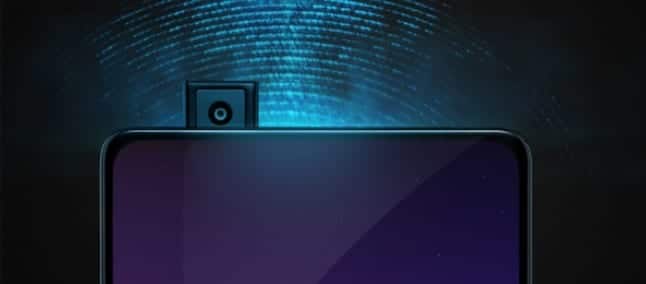
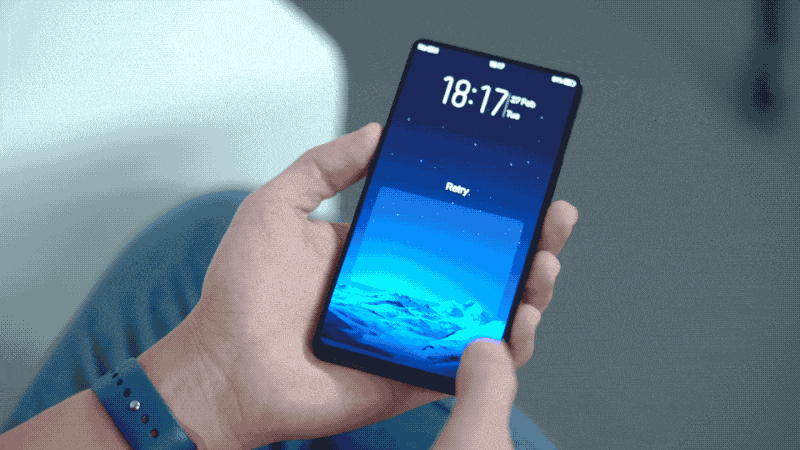

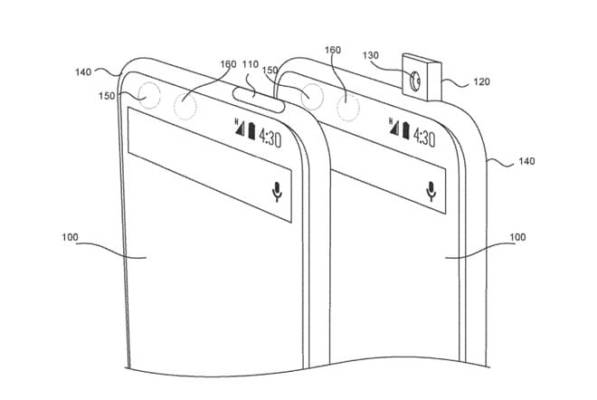


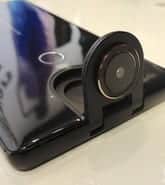
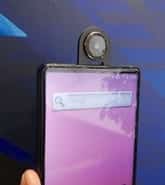

Pretty cool stuff